44 years after the release of 'The Godfather', the film's style still defines a genre. Dhara Vora does a rerun
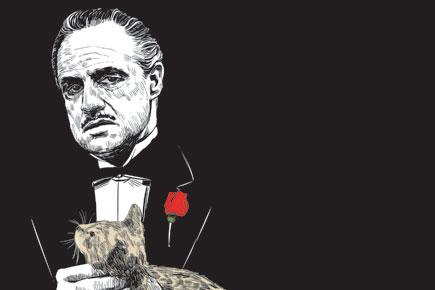
The Godfather
![]() Audrey Hepburn's Givenchy dresses, Marilyn Monroe's billowing white frock, Judy Garland's chequered frock, or the leather jacket-clad men from Grease — some films remain in public memory due to the visual imagery created by their style and costumes.
Audrey Hepburn's Givenchy dresses, Marilyn Monroe's billowing white frock, Judy Garland's chequered frock, or the leather jacket-clad men from Grease — some films remain in public memory due to the visual imagery created by their style and costumes.
ADVERTISEMENT
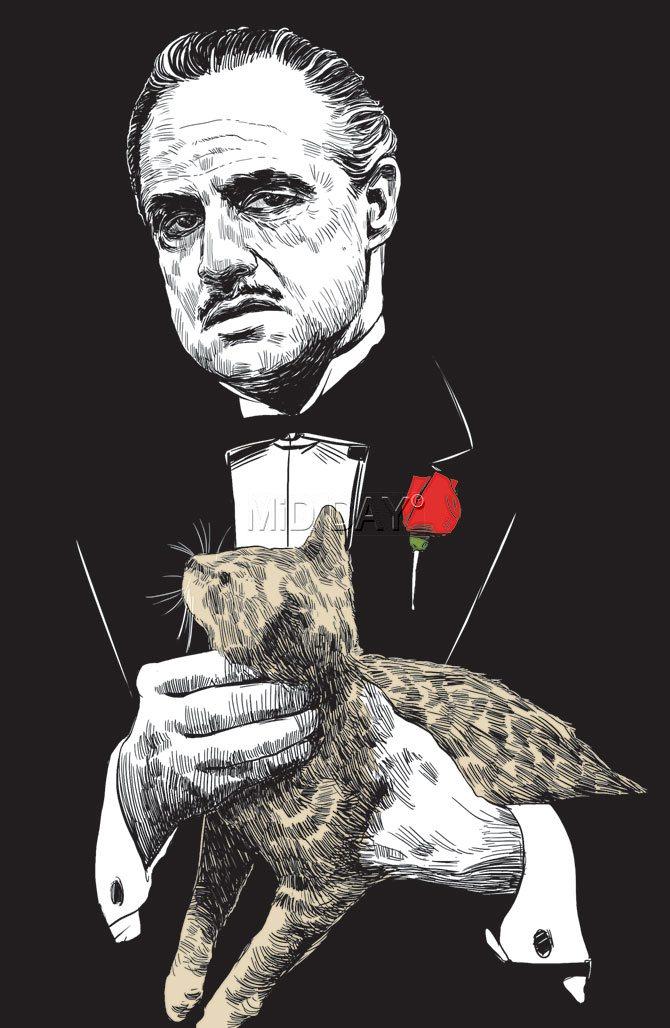
Illustration/Uday Mohite
A film series that defined an era and captured the imagination of style gazers and the genre of films it represented was 'The Godfather'. Marlon Brando's cosmetically enhanced jowls described the man who chose his words with care and teamed a dark suit with a red rose to celebrate his daughter's wedding are only a few of the defining style statements the film etched.
The film was released on March 15, 1972, but even today, men wanting to look fierce associate slicked back hair as a symbol of understated aggression.
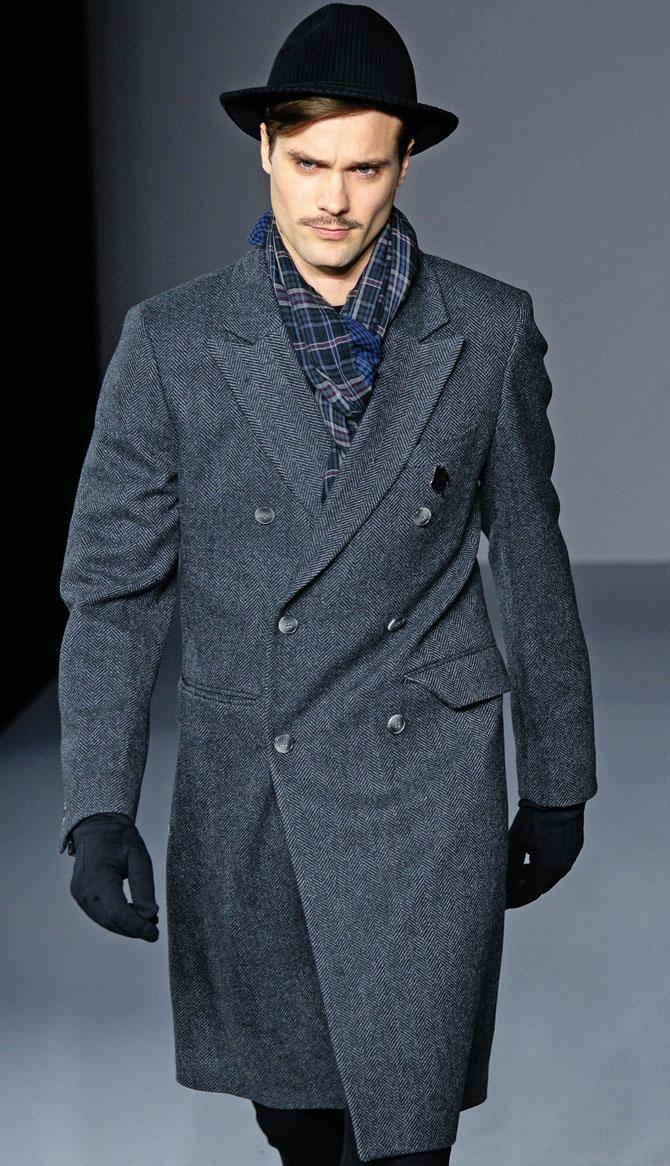
Wide lapels and long coats seen at Agnes B. Menswear Fall/Winter 2016-2017. Pic/AFP
"When Marlon Brando says, 'You see, I'm not like a boss, I am the boss', it is telling of of many aspects of the film. The style takes this sentiment forward," says costume designer Niharika Khan, who has worked in The Dirty Picture, Band Baaja Baaraat and Khoya Khoya Chand.
And this, somehow, brings the rather contemporary Internet term 'like a boss' to mind. This is a contemporary example of the many levels at which Francis Ford Coppola's The Godfather can be scrutinised over multiple viewings. The characters are not just defined by dialogues but also by what they wear. As the film progresses, and the minds of the characters spin complex plans for each other's lives, the styles reflect the roll of this ever-flipping dice.
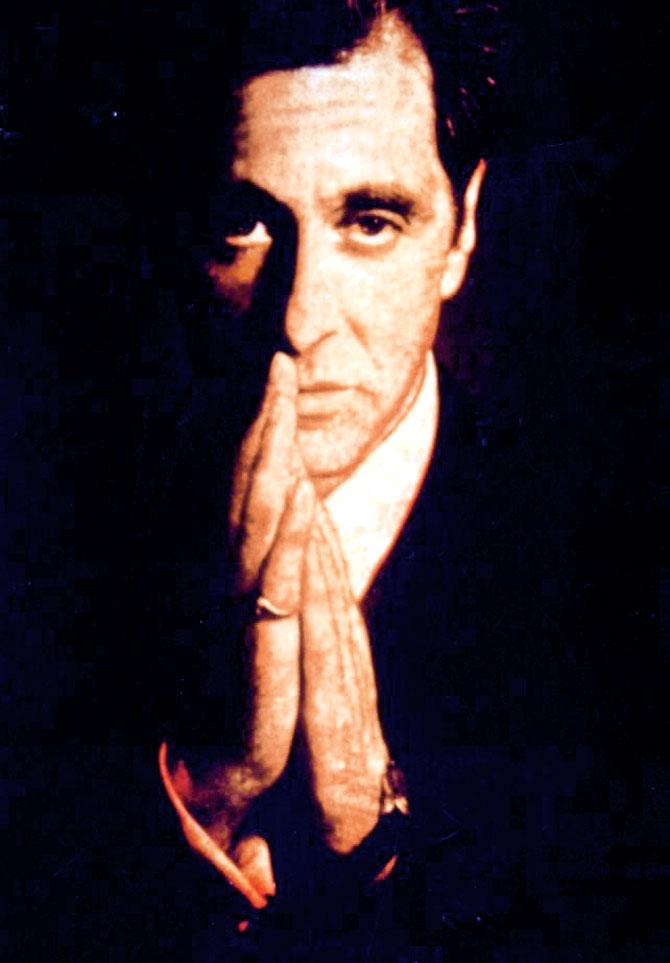
Al Pacino as Michael Corleone in The Godfather
Be it Michael Corleone's Sicilian first wife Apollina Vitelli or the movie producer character of Jack Woltz, costume designer Anna Hill Johnstone worked in subtle nuances into every character's wardrobe. "The bow tie suit with a flower, the three piece suits — they showcase the class of people portrayed by the characters, and what they want to be. I like the formalisation of the costumes. It is not just how they want to be perceived, they are the echelons of the society and that shows in the way they dress," says Khan.
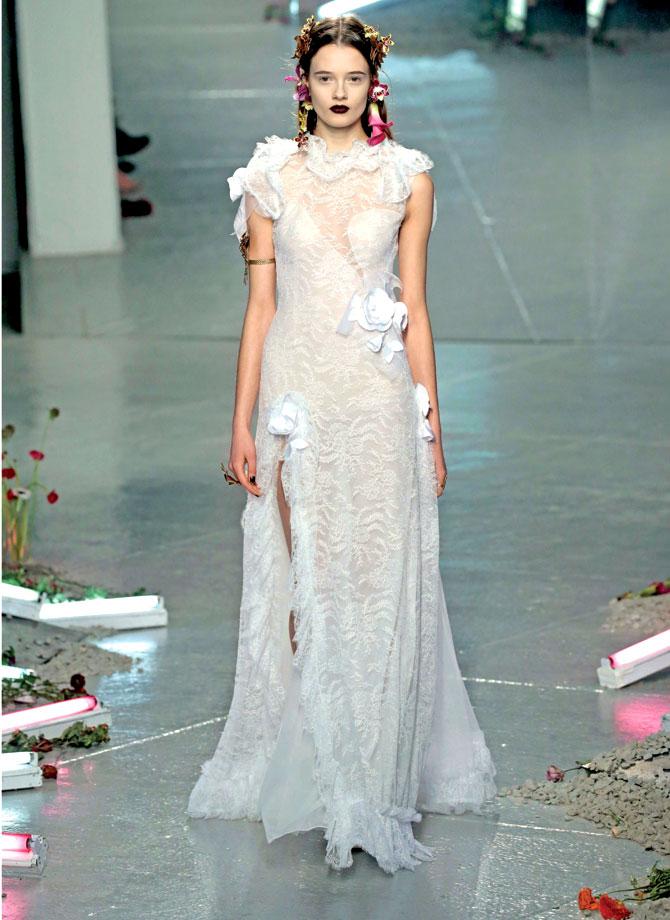
Inspired by The Godfather, Rodarte's Fall 2016 collection saw delicate lace in black, white and light hues with a hint of red thrown in. Pic/AFP
Set in the years between 1945 and the mid '50s, the film had costumes that were apt for the period, with each character carrying distinct. So, when Michael is in hiding in Sicily, away from the mob, his leisurely pursuits are defined by the flat caps and waistcoats. He even wears an elaborate floral piece on his suit for his wedding. The same man is defined by the Homburg hats he wears along with the long double breasted overcoats and three piece suits and combed back hair once he takes over the empire.
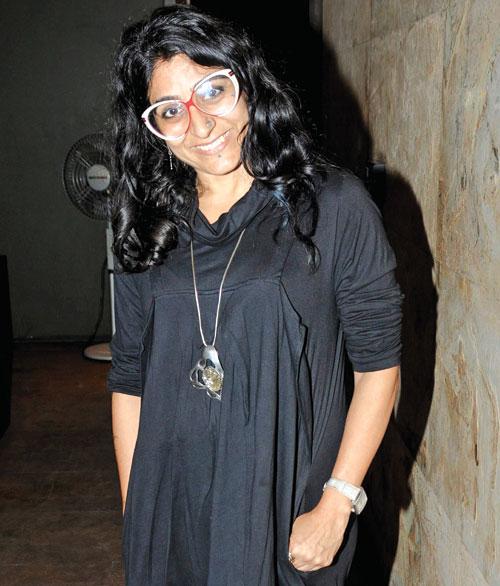
Niharika Khan
Known for his fine cuts and lines, designer Raghavendra Rathore spells it as a fashion stamp. "Classic movies are responsible for asserting style and fashion in the minds of generation after generation, as the style sensibilities depicted in the movie become synonymous with the style of the period itself," he reasons. Rathore elaborates on the film's impact on popular fashion trends, "The sharp gangster suit with broad lapels, the Homberg hat or the slouch cap, the two-coloured leather shoes, cufflinks, the pinstripes and most importantly, the mannerisms of the time are captured beautifully, frame after frame. These become mood boards for trend manufacturers such as designers, fashion magazines and style merchants to re-manufacture these details with the contemporary spirit of our times."
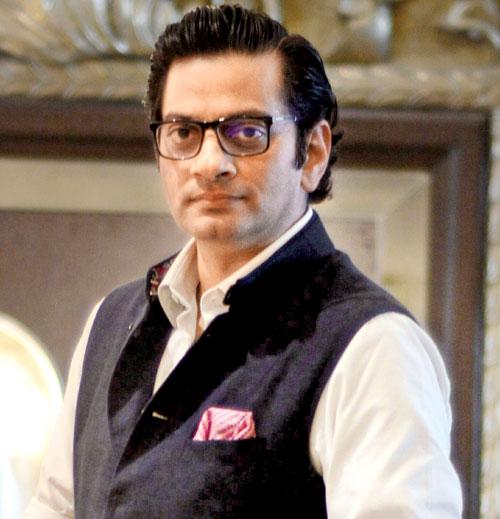
Raghavendra Rathore
The mob wives
Although the films boasted talented actresses Diane Keaton and Talia Shire, the women do not play a significant role in the men's lives, but for a few expounding moments. Michael's first wife who dies in a car bomb blast planted by his trusted bodyguard lights revenge in his head. His brother, Sonny is ambushed when he is on his way to kill his sister's husband. This delicate nature of the women is seen in the way they dress too, in lace, floral prints and pastels. "The girls were incredibly 'girly', with their chiffon dresses and this contrasted the power of the men. What they wore displayed the frivolous girly behaviour of not being able to look after themselves. Diane Keaton with her bright dresses is symbolic of the role women played compared to the men in tailored suits and meaning business," spells out Khan. Keaton's palette changes from bright reds to muted colours as she becomes a part of the Corleone family. "Elegant gowns, dark lipstick and Sunday resort family styles with the Italian touch are some of the takeaways for women's wear from the film," adds Rathore.
The benchmark
Khan believes that the films were typical of New York's Italian dressing of the time. "Karan's (Johar) styling in Bombay Velvet (2015), with the wide lapel suits and accessories, were a sign of the era," she recalls of her inspiration. And this combination of being true to a time, and interesting characters is what lends the cult status to the films. The Godfather depicted a distinct section of people who lived and played by their own rules. When designing the costumes for Eklavya (2007), Rathore had to portray characters related to a royal family, who too lived in a world of their own. "I believe, as a designer, it is on responsibility to work as historic archivists — all ideas being incorporated for a character must be authentic and seen from a prism of historical value. We must reference from the script. My contribution to Eklavya reflects these values," summarises Rathore.
 Subscribe today by clicking the link and stay updated with the latest news!" Click here!
Subscribe today by clicking the link and stay updated with the latest news!" Click here!






